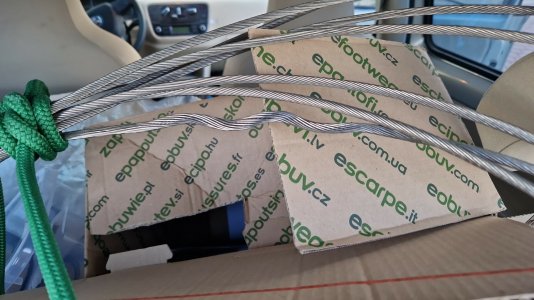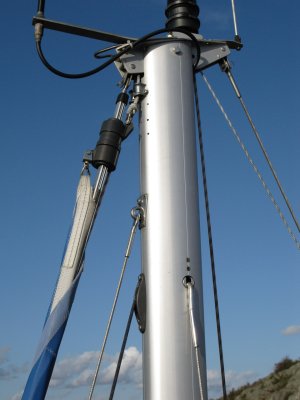Tranona
Well-Known Member
The tens of thousands of boat owners who use furlers with forestays inside probably know this but does not seem to concern them. I wonder why?Physics. Wire breaks, mast comes down into the cockpit.
Agree you need extra care when rigging and derigging regularly as in a trailer sailer, but on a yacht that has a halyard diverter to prevent wrap there really is not a problem.
The cause of unwrapping or breakage is the halyard wrap and use of force as many have described, not the fact that the wire stay is inside a foil.


